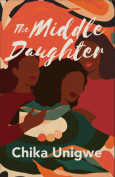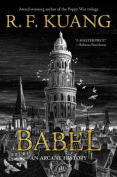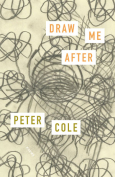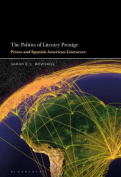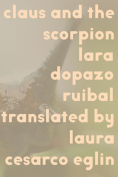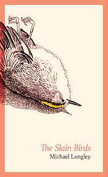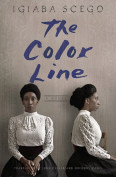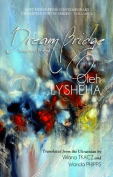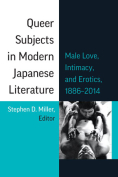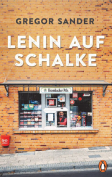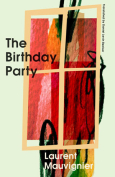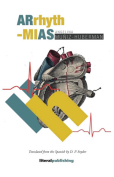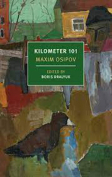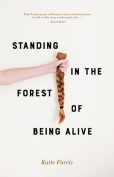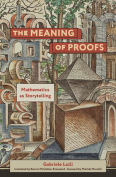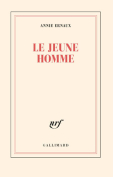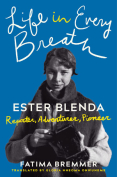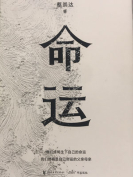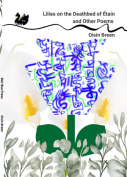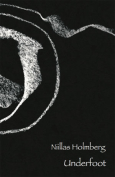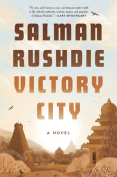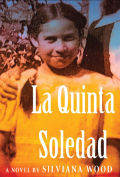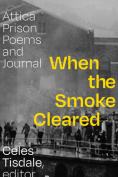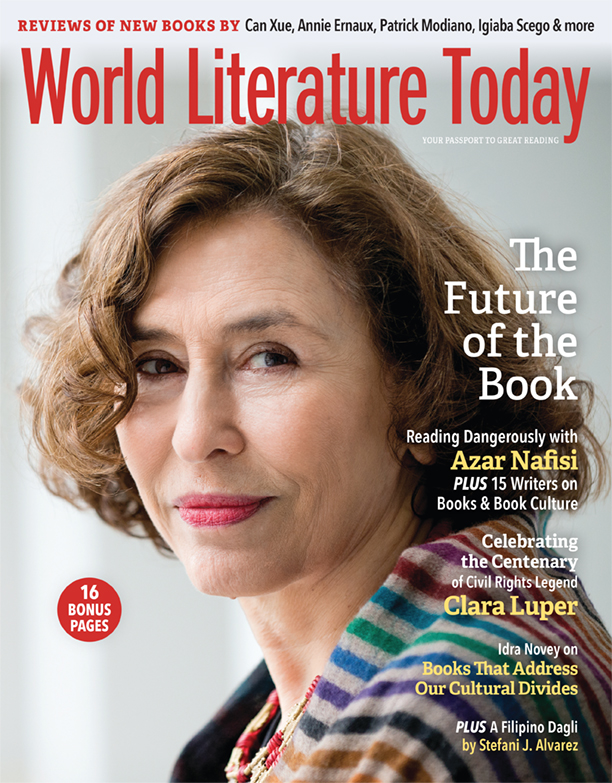Life in Every Breath: Ester Blenda: Reporter, Adventurer, Pioneer by Fatima Bremmer
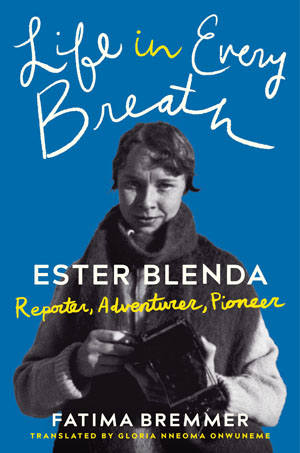 Seattle. Amazon Crossing. 2022. 452 pages.
Seattle. Amazon Crossing. 2022. 452 pages.
Extensively researched and written with clear respect and affection for its subject, Fatima Bremmer’s biography of Sweden’s first investigative journalist details the full, tumultuous life of Ester Blenda or “Bansai.” Bremmer uses letters, diaries, interviews, and a mass of archival content to vividly depict a brave and reckless woman trying to carve out space in a hostile world.
Thanks to parental support and an obvious talent for writing, in 1911 Blenda was made Stockholms Dagblad’s youngest reporter at twenty years old, quickly establishing herself as an innovative voice. Working during a significant time in the women’s suffrage movement, journalism provided an opportunity for adventure and life beyond the gender and class expectations she struggled against from childhood.
Throughout her career, Blenda’s reportage brought important attention to those suffering exploitation and oppression, whether rural farm maids, indigenous Sami people, or new immigrants to America. But while her fame and prosperity grew, she seemed to favor the challenge of the story over real benefit to its subjects. Despite undeniable compassion and solidarity, Blenda’s radicalism often missed the mark. Bremmer doesn’t shy away from this, and her generous exploration of Blenda’s character captures the good and the bad.
A significant thread in Blenda’s life story was her relationship with Carin Frisell. Due to Swedish law criminalizing homosexuality, they could never live their truth, but evidence shows a deep, powerful love confined to secrecy. Bremmer carefully explores how lifelong sexual repression may have contributed to Blenda’s poor mental health and lifelong use of alcohol to quiet her “anxiety, restlessness and buzzing thoughts.”
Later, Bremmer sensitively details Blenda’s gradual descent into alcoholism and illness. Despite earlier allusions, this sudden derailment is disturbing after so much time adventuring. Blenda’s later years are lived in relative solitude and hardship, giving her story a somber end, but one comfort is that Blenda and Carin reunite with familial support for their relationship.
This is a well-written, entertaining, and superbly translated work, depicting a thrilling and tumultuous life. Bremmer does occasionally digress into tangential and boring exposition and could have spared detail without sacrificing quality. Regardless, she does justice to such an exciting, complex, and inspiring figure with her skilled and seamless weaving together of facts with a tender exploration of that which lies between certainty and speculation.
Rosie Clarke
London

